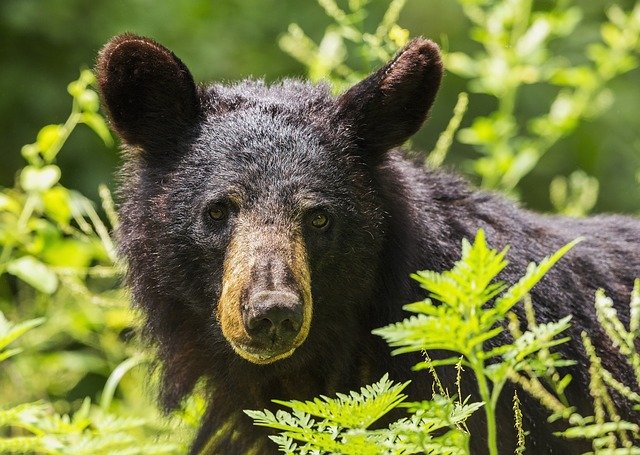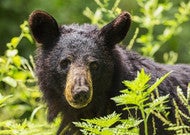The Fascinating Hibernation Habits of Black Bears
Mar 15th 2021
 The winter months can prove to be a hardship for all kinds of animals unable to find needed food sources and cope with low temperatures during the coldest time of year. As a result, some species hibernate. This, however, can mean different activities (or lack thereof) for different species.
The winter months can prove to be a hardship for all kinds of animals unable to find needed food sources and cope with low temperatures during the coldest time of year. As a result, some species hibernate. This, however, can mean different activities (or lack thereof) for different species.
Hibernation was originally believed to include significant reduction of body temperature, but by this definition alone, bears would not qualify. What eventually came to light is that large mammals like bears hibernate differently from smaller mammals like squirrels and chipmunks.
How is black bear hibernation different? Here are a few fascinating facts about the hibernation habits of bears.
How Bears Differ from Other Hibernating Species
The traditional definition of hibernation was based on the habits of small mammals like chipmunks and ground squirrels, whose body temperature dips considerably, down to about 40 degrees (F) during hibernation. Under such conditions, these mammals must awaken every few days to eat, urinate, and raise their body temperature.
Bears, on the other hand, experience only a slight reduction in body temperature, typically dropping from about 100 degrees to just under 90 degrees, which allows them to become active more quickly to fight threats if necessary. They also enjoy a high level of insulation because of their heavy pelts and a smaller ratio of surface area to mass, which allows for an incredible reduction in metabolic rate (50-60%) during hibernation.
In addition, bears don't need to awaken to eat or urinate during hibernation. A thick layer of fat provides needed fuel, while waste products like urea are broken down and recycled, building protein needed to maintain organs and muscle mass. In other words, bears are hibernating machines.
When Do Bears Hibernate?
The time of year and duration of black bear hibernation depends largely on the region. We all know that bears and other hibernating mammals typically take to dens during the winter, but this includes very different conditions as you move between northern climes and equatorial regions.
Bears in Alaska, for example, could hibernate for up to six months or more, while a bit further south, in Yellowstone National Park, hibernation periods tend to be closer to five months. In Mexico, black bears have been found to hibernate for anywhere from just a few days up to a few weeks at a time.
Preparations for Hibernation
Because black bears must live off a heavy layer of fat during hibernation, preparations include a massive intake of calories during the summer and fall months. In Alaska, bears consume an estimated 20,000 calories per day, including meat and high-carb food sources like blueberries. This can add up to 4-5 inches of body fat and thicken the pelt, both of which help the bear to survive a long hibernation.
In Conclusion
Although black bears weren't always considered a hibernating species, new understandings of how large mammals differ from smaller hibernating mammals like chipmunks have helped to broaden the definition of hibernation to include several species of bears.

